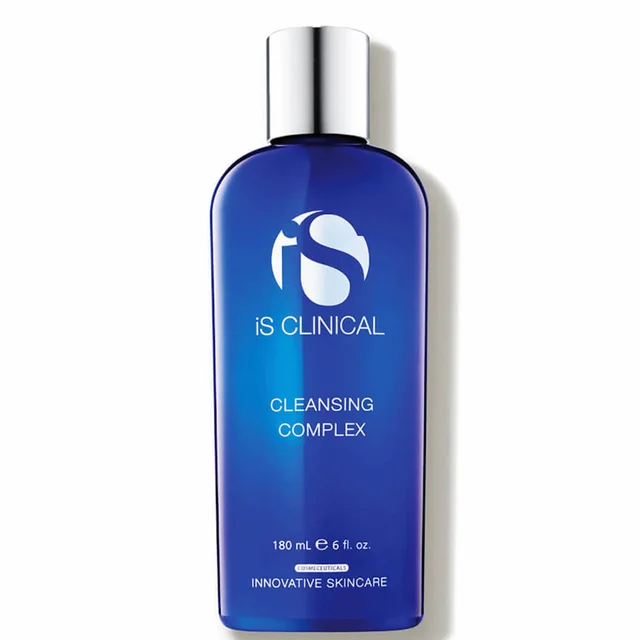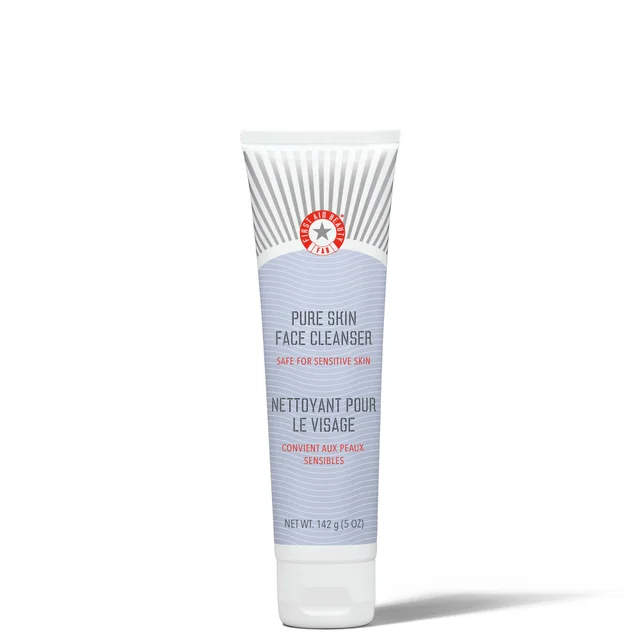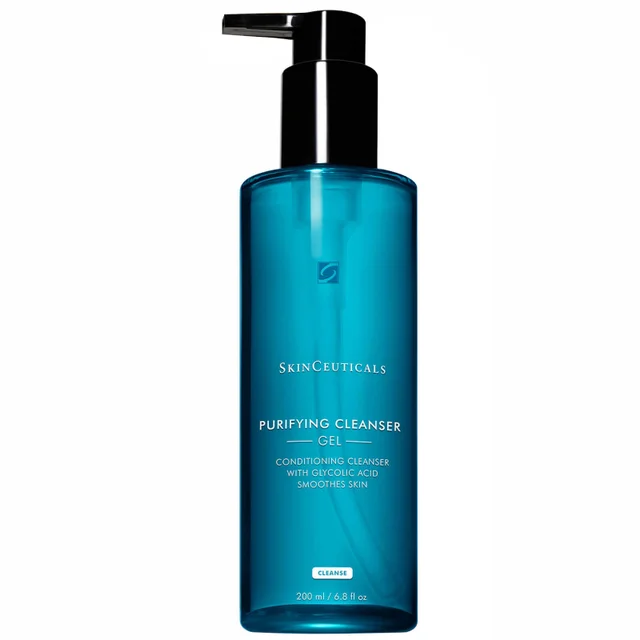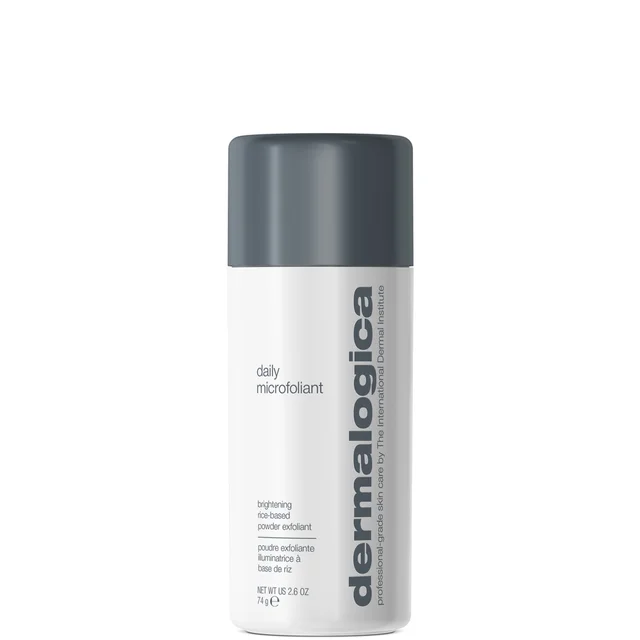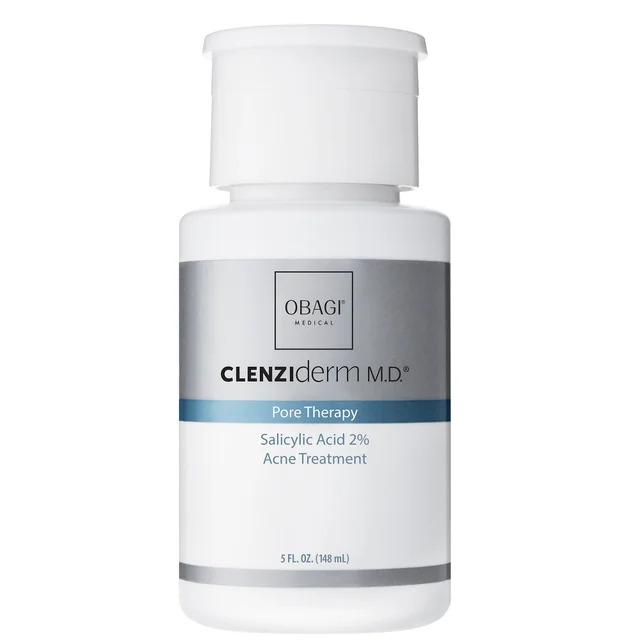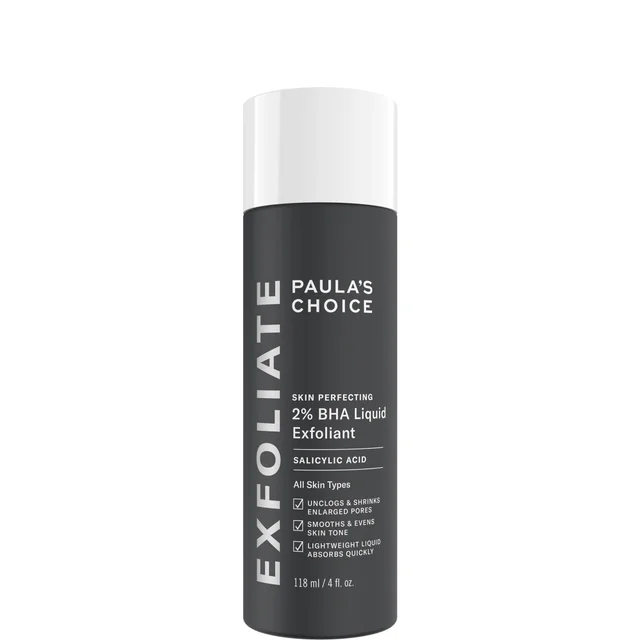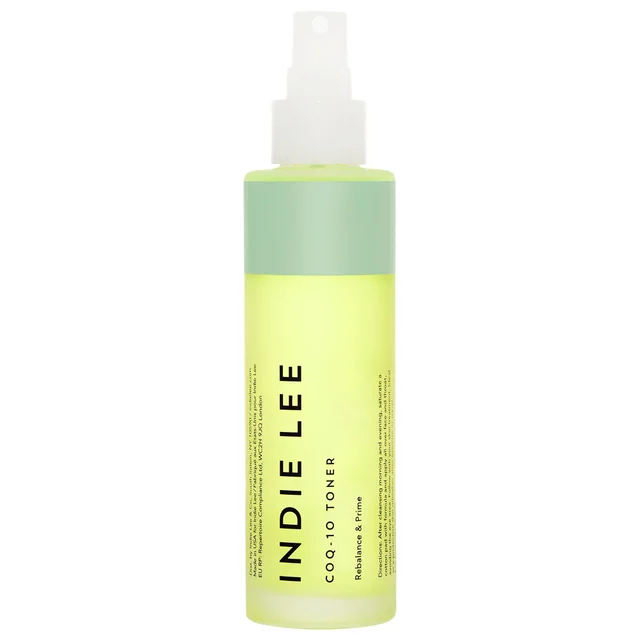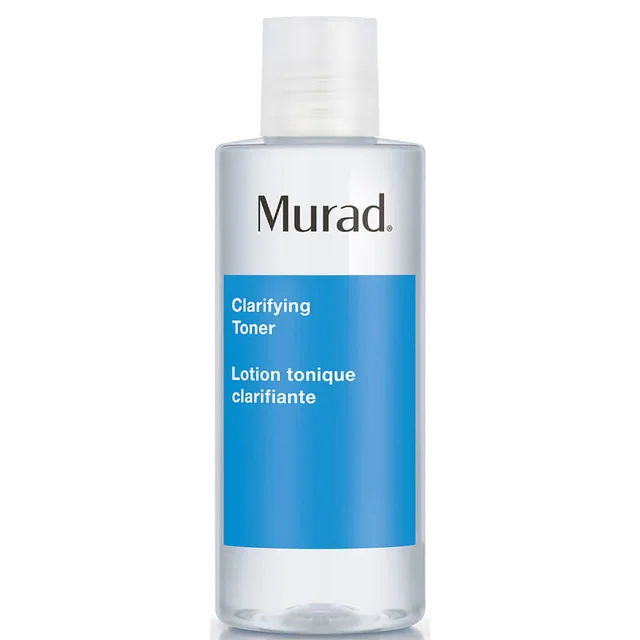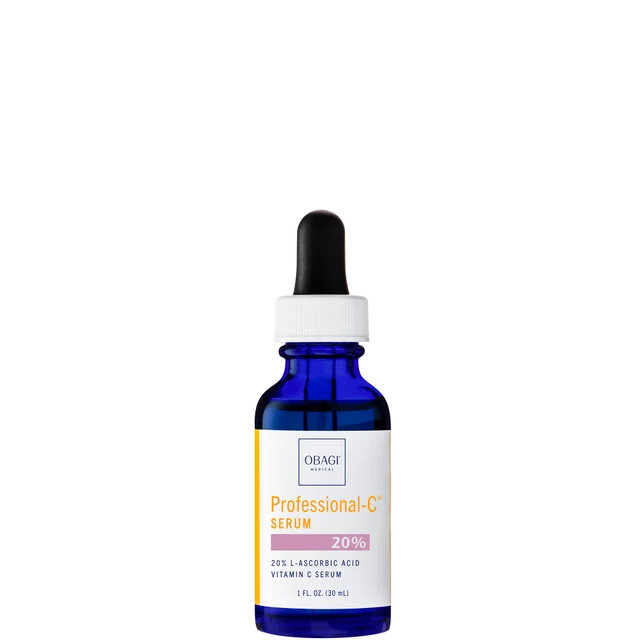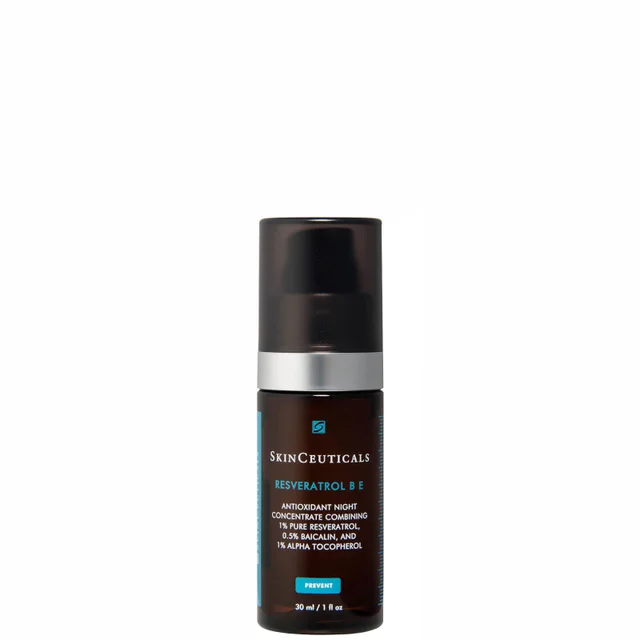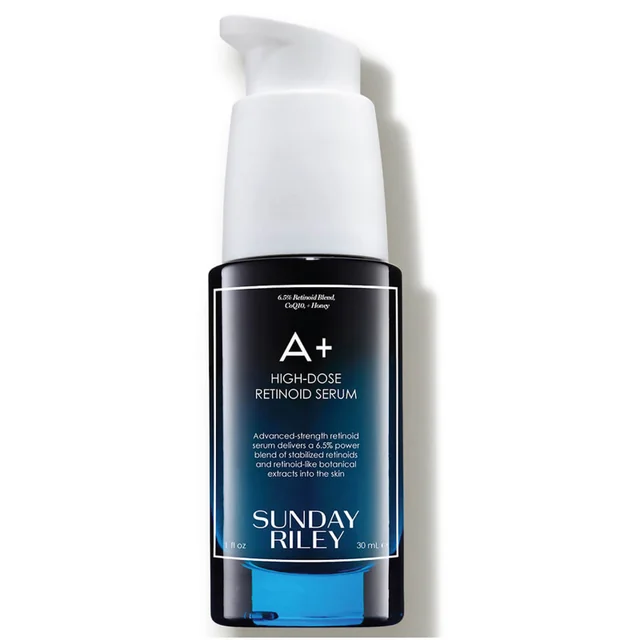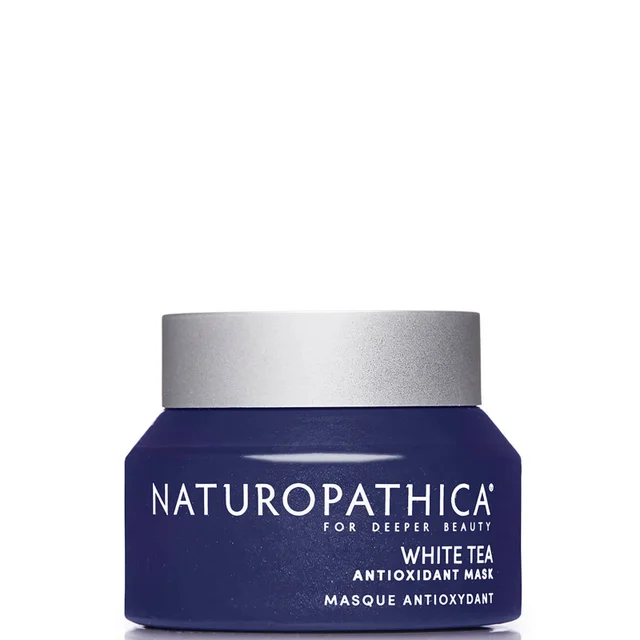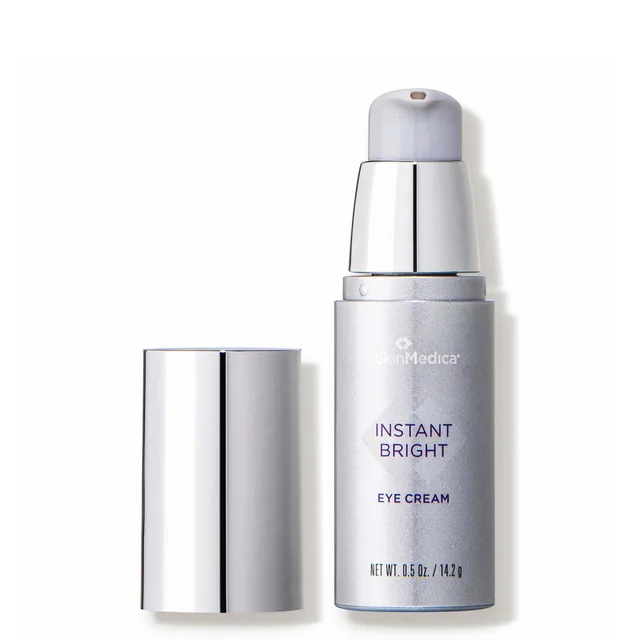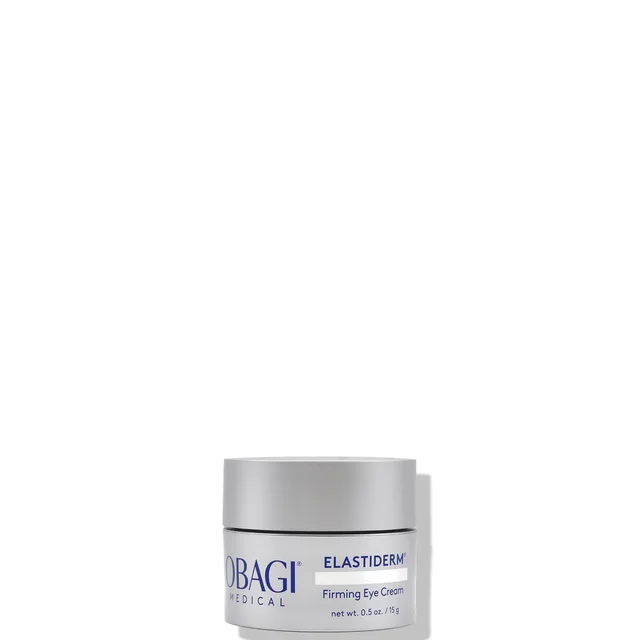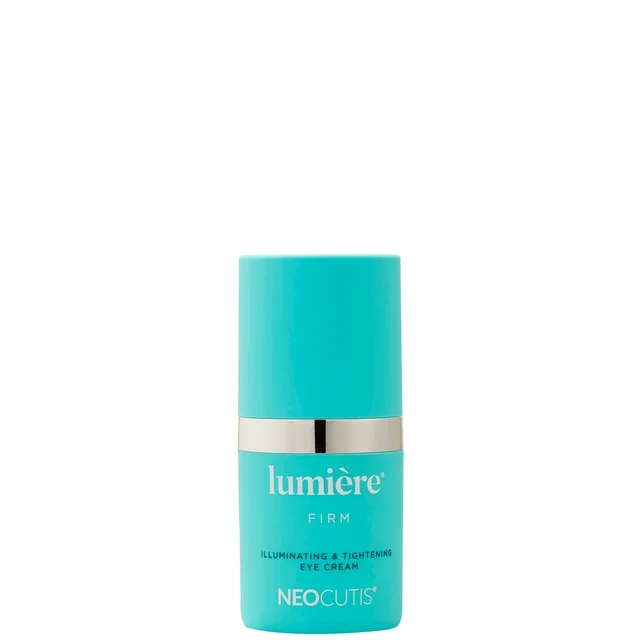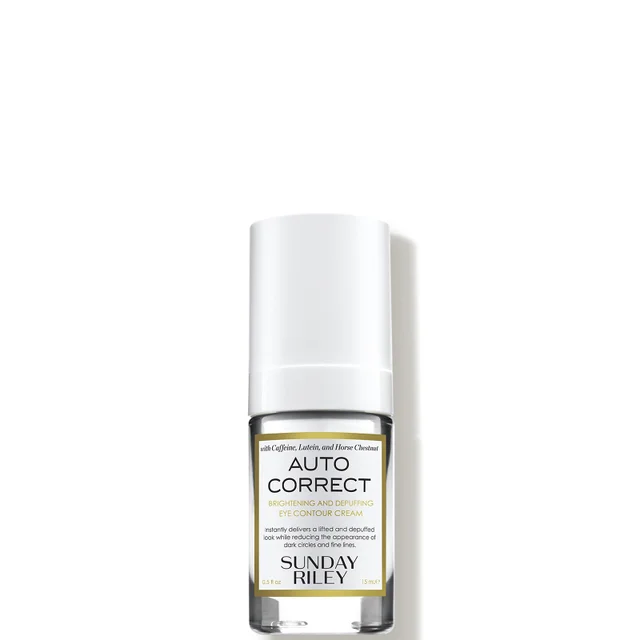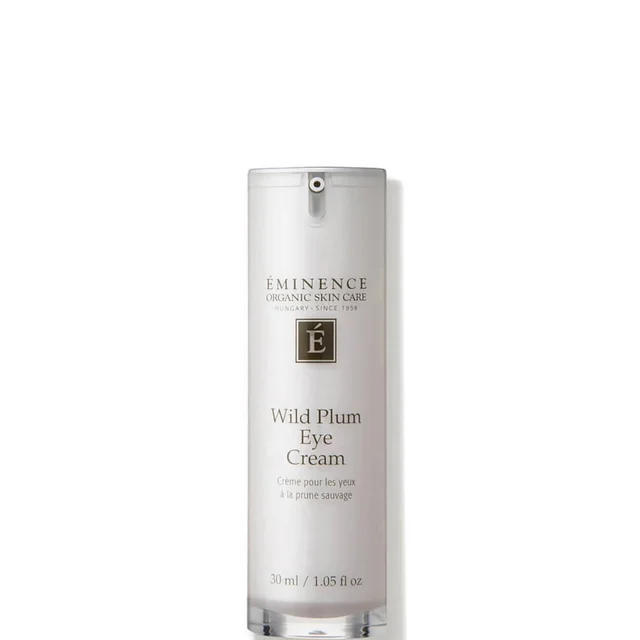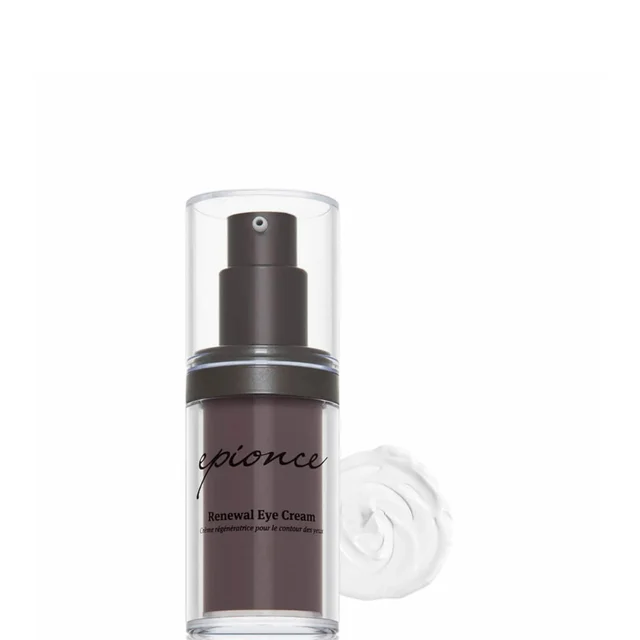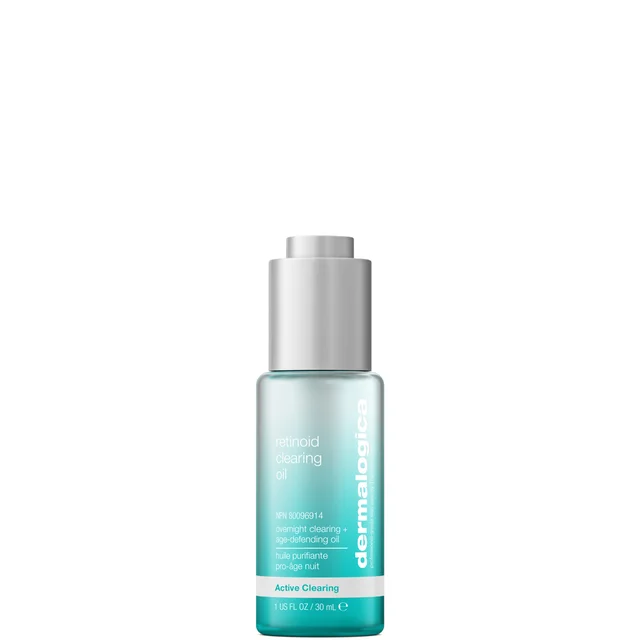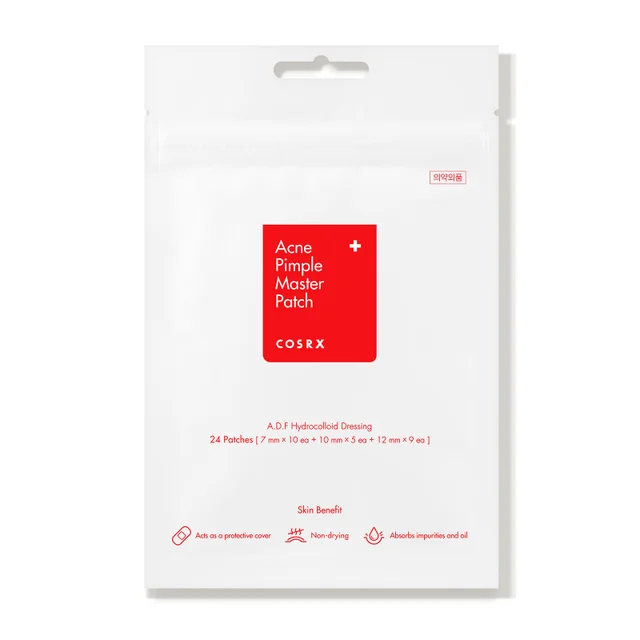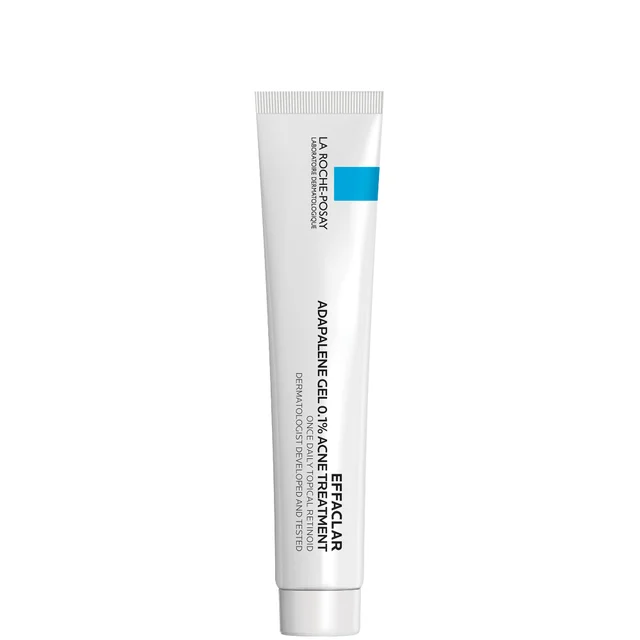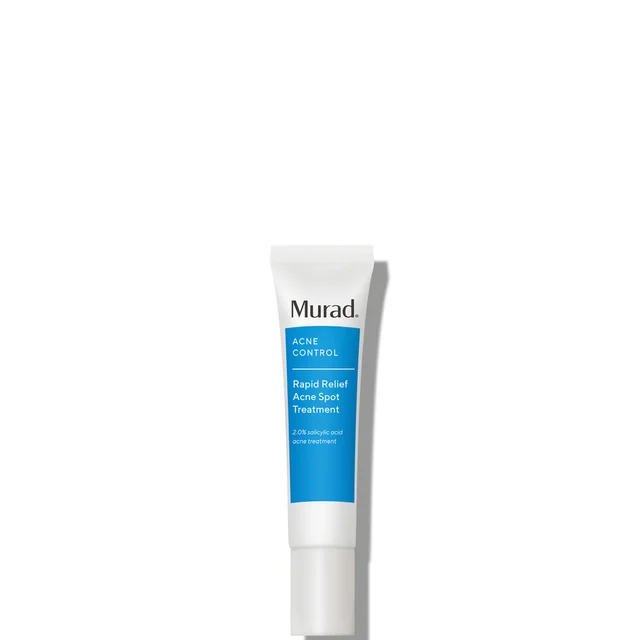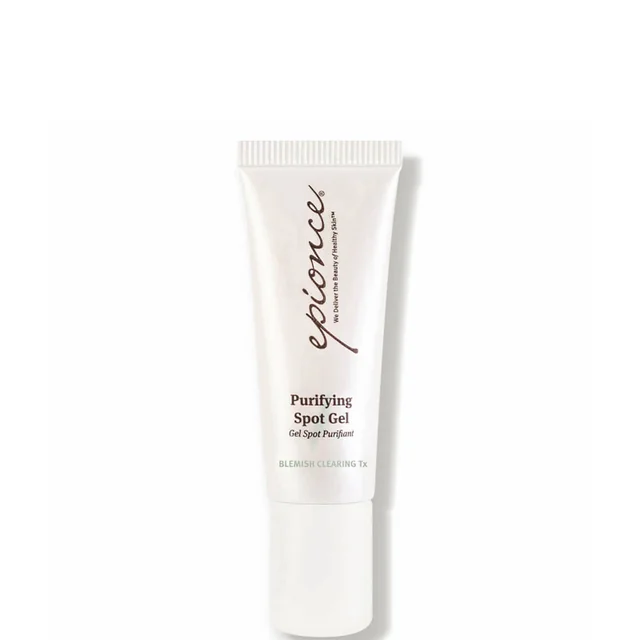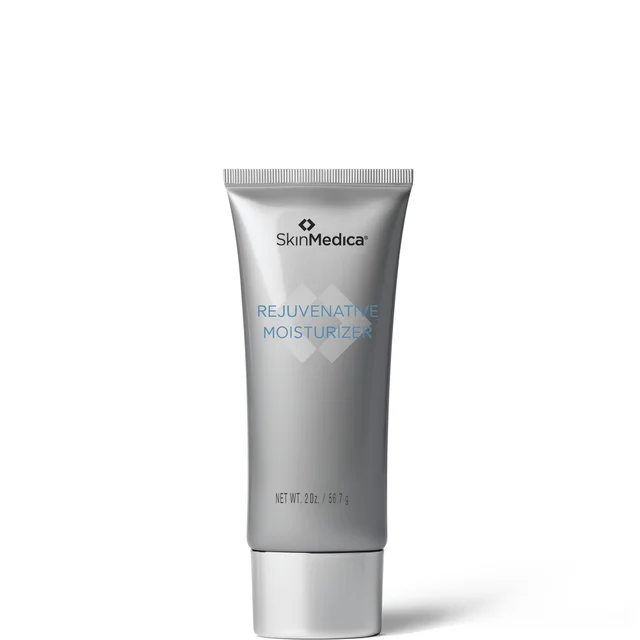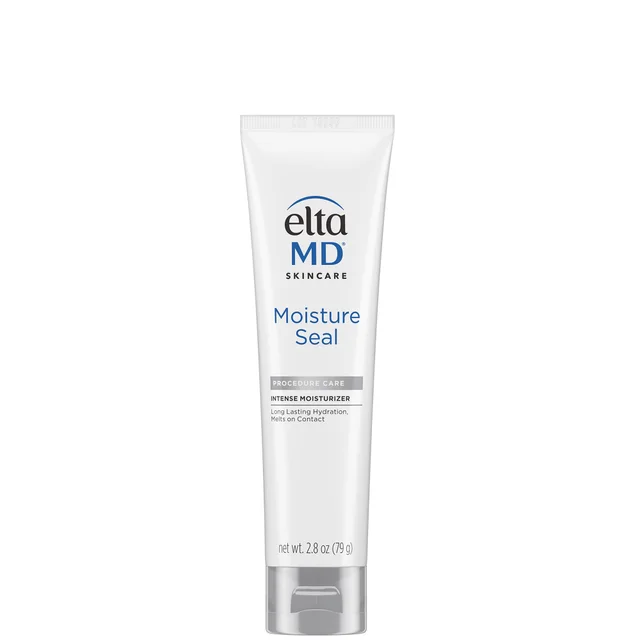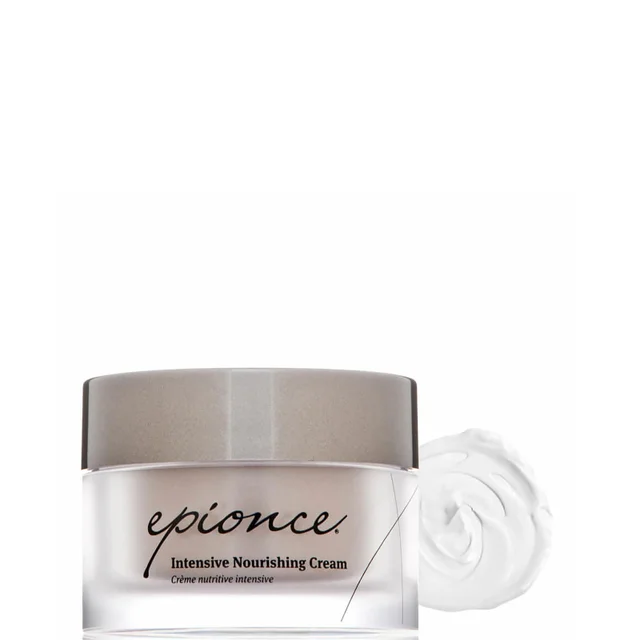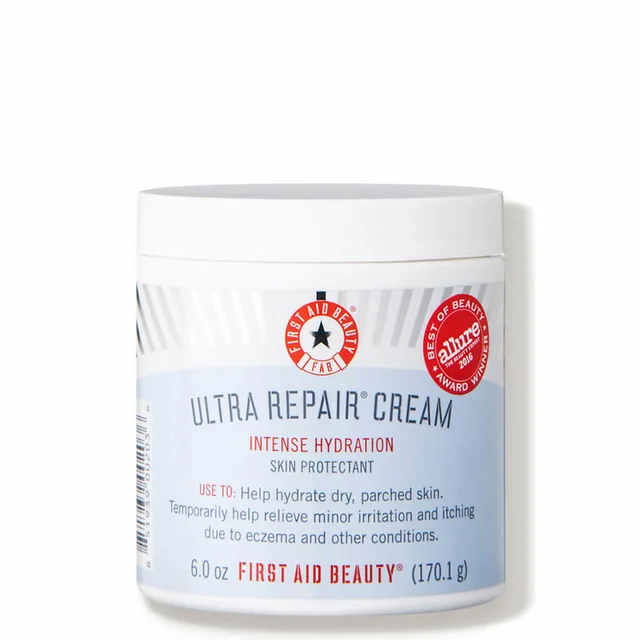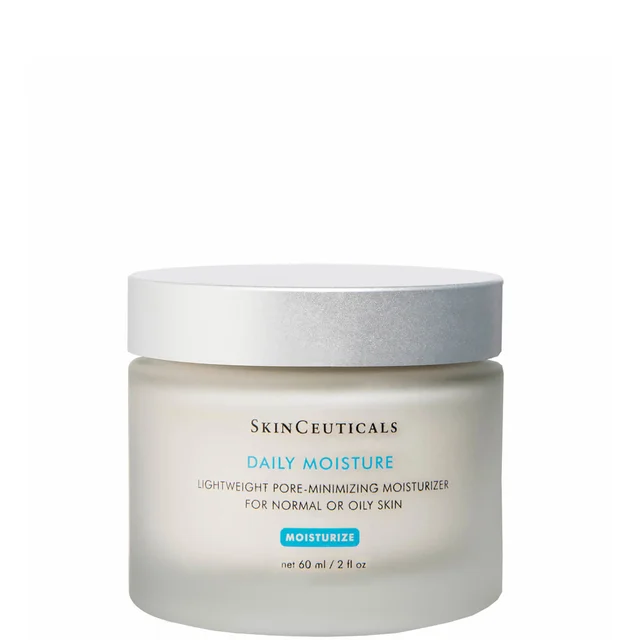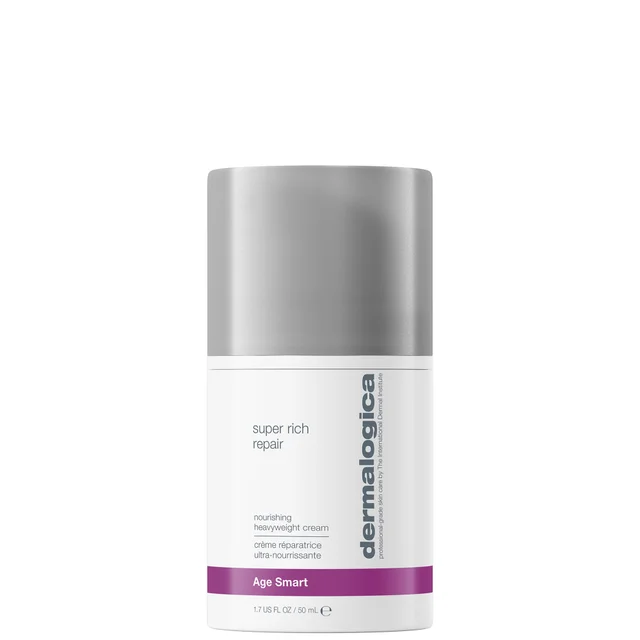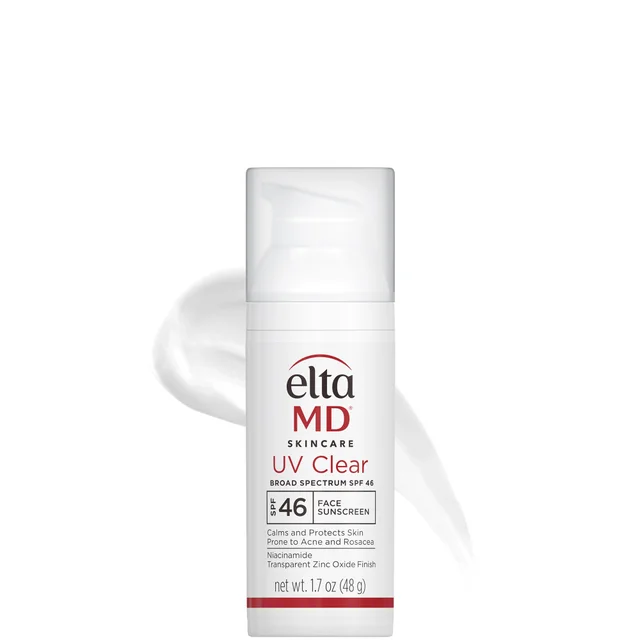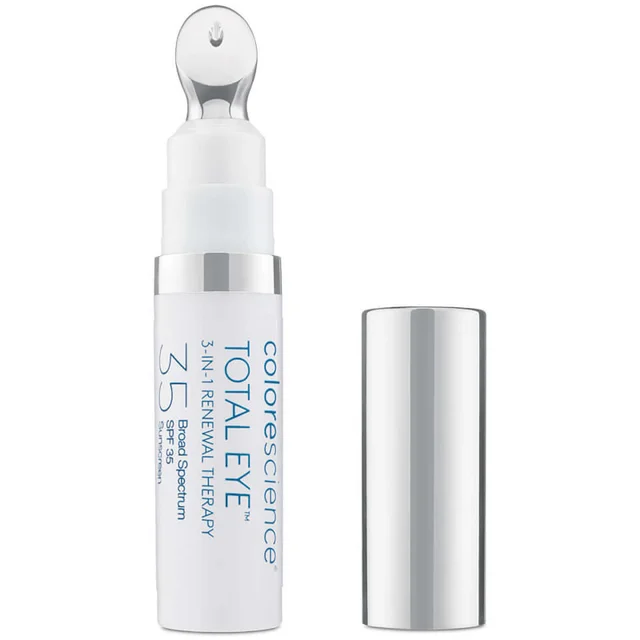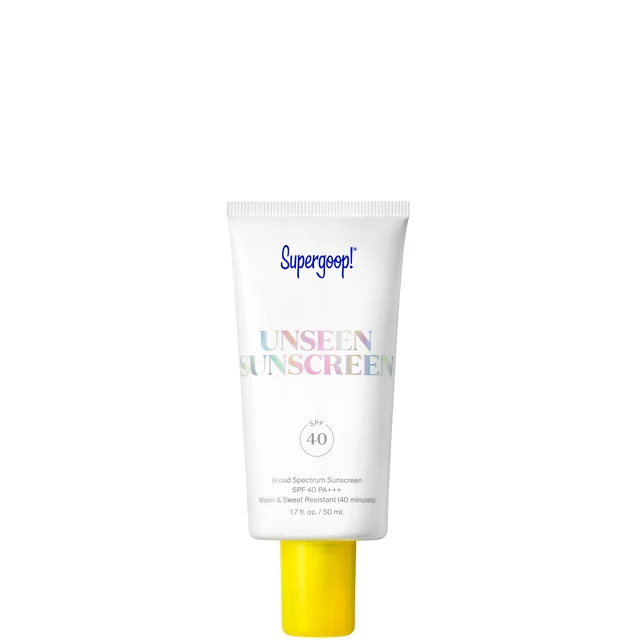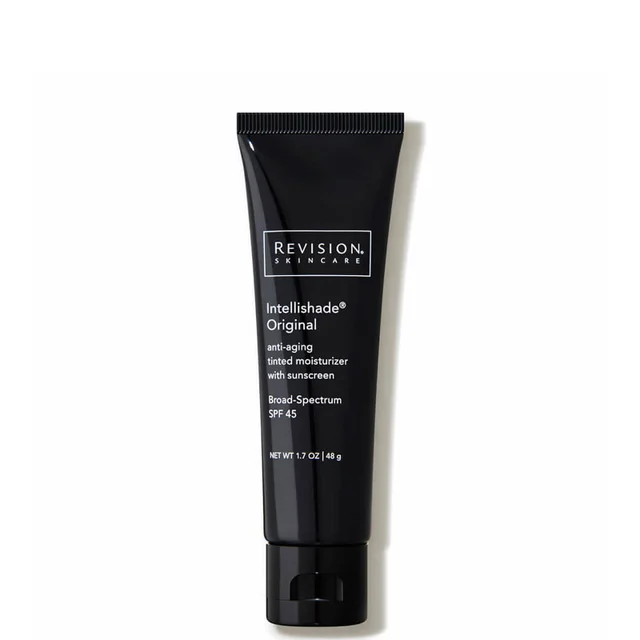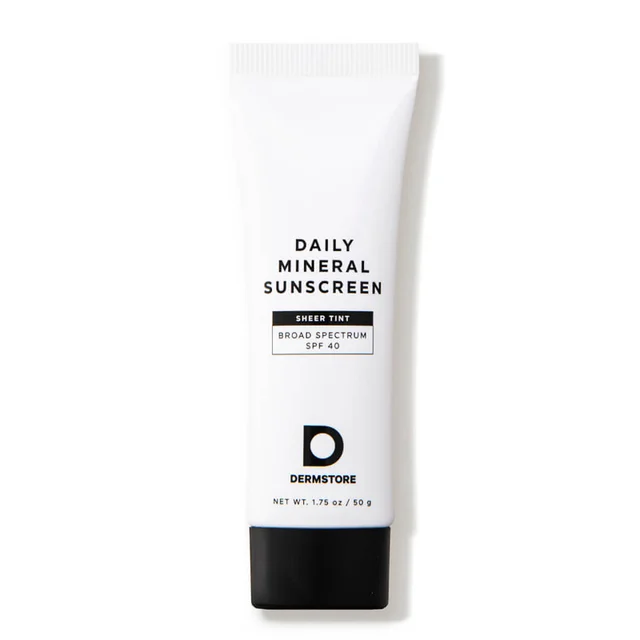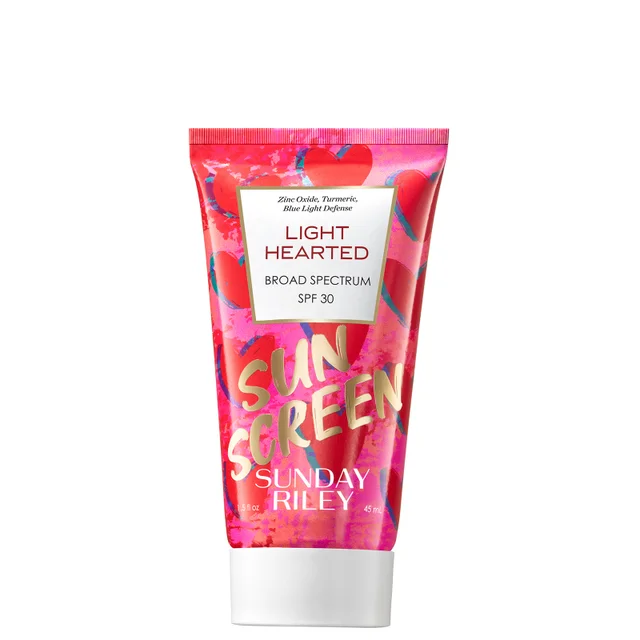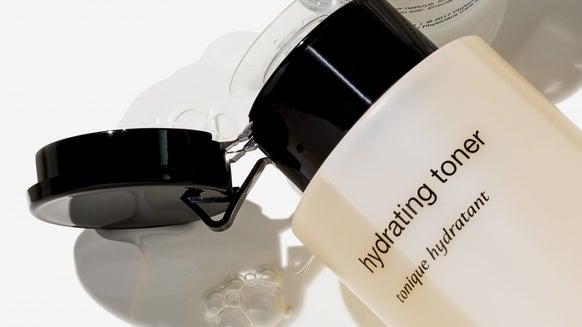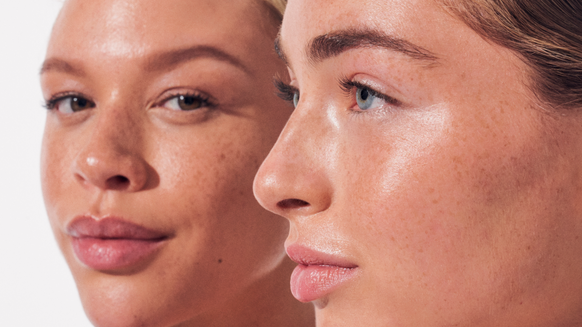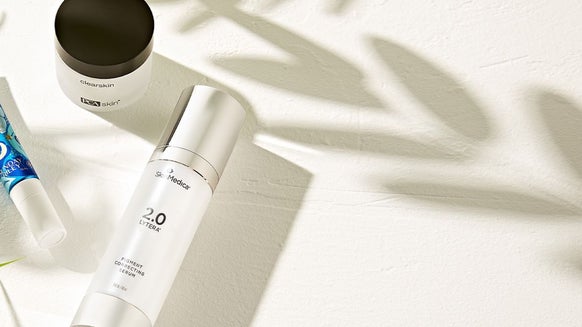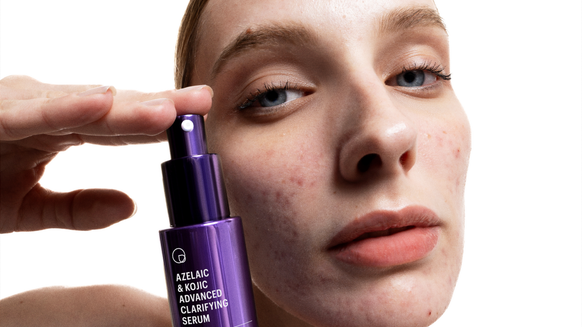Does the Order You Apply Your Skincare Products Really Matter?
Table of Contents:
- Understanding Your Skin
- The Basic Skincare Routine
- An Advanced Skincare Routine
- The Correct Order of Application: A Step-by-Step Guide
- Tips for Application
- Skin Care Routine Steps Guide
Believe it or not, the order of your skincare routine is more important than you may think. While good skincare doesn’t need to consist of a dozen steps, it does need to include the most critical skincare routine steps that work best for your skin type. Yet, with so many skincare routine steps comprising even the most basic of routines, how’s a girl (or guy) to know the appropriate skin order steps? And does it make a difference? The order of your skincare routine plays more of a significant role than you may think. A consistent skincare routine is always best, and while it doesn’t need to be complicated, it should cover the basics and follow the basic rule of applying your skincare routine in the appropriate order. In order for you to get the best results out of your skin care products, we asked dermatologist to help Dermstore establish the proper way in which to apply skin care products and how to establish a proper skin care routine in order to get that glowing skin we all want.
Understanding Your Skin
We all have different skin types, and the skincare products in our skincare routine should always reflect our skin’s needs. For some skin, hydration is a must, while others need more help dealing with breakouts, and some skin types require a boost when tackling rough textures. Each skin type—dry, oily, normal, combination, or sensitive—influences product selection. No matter your skin type, understanding its most important needs will help you devise a skincare routine that it will benefit from. And if you’re unsure what type of skin you have—we’ll explain why skin type is essential in the order of your skincare routine below—check out this blog to get a clear idea of your skin type.
According to Dr. Heather Rogers, a board-certified dermatologist and dermatologic surgeon, applying your skin care products in the proper order ensures that your skin receives the full benefits of each product.
"The order of application is incredibly important," says Dr. Rogers. "The skin’s job is to keep things out, but many of the skin care products we use have ingredients we want to get in. Only a very small amount of these key ingredients can penetrate the skin, even when perfectly formulated and perfectly applied. If you don’t apply products in the correct order, you will not see the best results from your skin care regimen."
The Basic Skincare Routine
At the heart of any well-rounded skincare routine are the basic steps: cleansing, toning, moisturizing, and sun protection. Each step is essential for healthy skin—cleansing removes dirt, oil, and makeup; toner removes any lingering impurities; moisturizer reinstates much-needed hydration back into the skin; and sun protection helps keep the skin well protected and less subjected to photoaging. Your skin type will also dictate what product type you will use at each skincare step. For example, oilier skin types tend to gravitate towards gels, whereas dry skin likes thicker balms and creams. Sensitive skin should opt for fragrance-free and calming formulations and normal skin can pretty much use anything. From there, you should focus additional skincare routine steps on specific needs that will, ultimately, benefit your skin.
The skincare order steps you’ll follow at night will likely integrate treatments and reparative and rejuvenating products to undo the damage incurred to the skin during the day. At night, follow all the same skincare routine steps as you do during the day, but eliminate sunscreen, which isn’t necessary to wear while you sleep.
An Advanced Skincare Routine
With the fundamental elements of your skincare routine squared away, it’s time to get into a more advanced routine. These additional steps, which include specialized serums, masks, treatments, and even sunscreen, are essential to rounding out your skincare routine for optimal benefits.
Serums are a skincare routine favorite, and many contain antioxidants or active ingredients to help hone in on a specific function. You can use serums morning and night, depending on their ingredients. For example, retinol serums are reserved for nighttime use, while vitamin C serums work well during the day. After toning, but before moisturizing, you want to layer on a skincare serum. Always wait for it to fully absorb before moving on to the following skincare routine step, targeted treatments, like retinol and spot treatments, and can be used morning and night depending on their ingredient list.
After applying your serums and treatments, you can incorporate any skincare tools and devices, like microcurrent and gua sha, into your routine. While each tool has its specifications for use, many recommend using it alongside skincare routines, especially after serum or moisturizer, which gives the skin a little more slip during use.
Every daytime routine should incorporate sunscreen to protect the skin. This non-negotiable skincare step should also be the last step in your morning routine. Apply sunscreen with at least SPF30, if not more, to protect the skin from the sun’s harmful UV rays, and make sure to layer it onto the face, neck, hands, and any other areas where the skin is exposed to the sun during the day.
The Correct Order of Application: A Step-by-Step Guide
If you wonder in what order I should apply my skincare, no worries; we have you covered. The general rule of thumb is to use your products from thinnest to thickest or liquid and gels to creams. You also want to give your products the time they need to absorb into the skin and penetrate early, which is one of the first skincare routine steps, and finish it off with products that need to sit on the skin, like moisturizers. That’s because certain ingredients work best when they follow the proper order in a skincare routine to penetrate as designed and garner good results.
The proper order of skincare product applications looks like this:
Morning
Step 1: Cleanse
In the morning, start by splashing your face with warm water or, if you must, wash with a gentle face cleanser designed for your skin type.
Related Article: The Different Types of Face Cleansers, Decoded
Step 2: Tone
Most people choose to skip toners, partly because there's a lingering assumption that most toners are harsh and irritate the skin. Fortunately, that's not the case anymore. While they don't physically "shrink" pores, the new breed of toners can serve multiple purposes, like act as a delivery system for antioxidants, vitamin-B derivatives and even toning acids. Additionally, each type of toner is intended for a different skin issue, so it's important to use the right kind for your skin concern.
However, if you have lived all your life without using a toner and your skin looks healthy, Dr. Rogers says there is no need to start using one. "Toners were created to help return the skin’s pH after it became too basic from harsh soaps,” explains Dr. Rogers. “Face cleansers are now so much better balanced that toners are not a required step for me.” That said, if you have a toner that you like using, there's no harm in sticking with it.
Related Article: The Best Toners for Oily and Combination Skin
Step 3: Serum
Serums are super-concentrated, nutrient-dense treatments that address specific concerns, so it’s better to keep them as close to the skin as possible. There are various serums available on the market today, but for daytime, Dr. Rogers recommends antioxidant serums, which provide a variety of benefits---from blunting your skin’s inflammatory response to neutralizing damage from UV rays and environmental pollutants.
Step 4: Eye Cream
According to Dr. Annie Chiu, a board-certified dermatologist, it’s vital to apply an eye cream at least every night—if not twice a day—starting in your 20s. “It’s about maintaining the health and thickness of the eyelid skin. Improving the skin quality in this area early on ensures that the eyelid skin does not easily lose laxity and its smooth appearance later on."
For best results, consistency is key. “Regular use of eye cream over time will keep the eyelid skin elastic and can improve or prevent against some fine lines or collagen loss. Remember: Nothing is magic. Results don’t occur overnight,” Dr. Chiu adds. “You can further protect the delicate skin around your eyes by choosing an eye cream with SPF or applying sunscreen every day.” Dr. Chiu also advises people to remember to wear sunglasses when outside to protect against UV-light damage and lines that can creep up around the corners of your eyes from squinting.
Step 5: Spot Treatment
According to Dr. Diane De Fiori, a dermatologist at Rosacea Treatment Clinic, prescription medications and acne spot treatments need to be applied as close to the skin as possible to maximize their benefits.
As acne spot treatments differ in active ingredients, check your product packaging or consult your dermatologist for the best way to apply it. Prescription-strength benzoyl peroxide, a common acne spot-treatment ingredient, has a one-to-three-hour working time, according to esthetician and acne specialist Ashley Wiley. “Any cream that comes in contact with it before it has completed its work will likely inhibit the active ingredient from working properly.”
Remember that acne spot treatments can dry out your skin, so always apply only on spots where you need it.
Step 6: Moisturizer
Yes, everyone needs a moisturizer, even if you have oily skin. "Even though your body has its own natural lubricating system consisting of glands that secrete oil (or sebum) to maintain a protective coating against harsh outside conditions and infections, most of us do need extra hydration after the havoc that sun, weather and harsh chemicals wreak on our skin," explains Dr. Sandra Kopp, a board-certified dermatologist.
Most experts recommend that the best time to apply a moisturizer is while the skin is still damp, so the sooner you go through applying your serum and treatment, the sooner you’re able to lock in much-needed hydration with your moisturizer.
If you’re using an acne spot treatment, you may want to skip those areas when applying your moisturizer to make sure the ingredients in it won’t interfere with the active ingredients in your spot treatment.
Step 7: Sunscreen
Sunscreen should be the last step in your daytime skin care routine if you’re using a physical or mineral sunscreen, which works by physically blocking UV rays. This step becomes tricky when you’re using a chemical sunscreen.
Dr. Rogers explains: “Chemical sunscreens have to be absorbed into the skin to be effective, so applying after your moisturizer will delay and hinder that. However, if you apply your chemical sunscreen before your moisturizer, your moisturizer will not work as well either because the skin is coated with chemical sunscreen.”
To get around this, Dr. Rogers recommends using a physical sunscreen with zinc and to apply it after your moisturizer. “Zinc is safe, effective and provides the broadest protection against UVA and UVB rays.”
As for those who like using chemical sunscreens, try to look for a formula that offers moisturizing benefits, so you can get your daily hydration needs while protecting your skin.
Night
As your skin naturally repairs itself at night, your nighttime routine should be all about treatment and giving your skin what it needs, says Dr. Rogers. “If your skin is looking dull, exfoliate. If it is irritated, hydrate and protect.” Here’s the best order of skin care products to make sure you get the most out of them:
Step 1: (Double) Cleanse
To get rid of the day’s grime, dirt, oil and makeup, some experts recommend removing your makeup first with a dedicated makeup remover before washing your face with a gentle cleanser. Better yet, try double cleansing, which involves using a cleansing oil first to dissolve your makeup and then washing your face again with your regular cleanser.
Step 2: Tone, Essence & Boosters
If you use a toner, apply it as you would in the morning.
At night, some people also like to layer various types of skin care boosters, which you’ll see as either mists, essences, beauty waters or hydrating (hyaluronic acid) serums. These are infused with different active ingredients, but for the most part, the purpose is mainly to hydrate and nourish skin.
Since these are lightweight, almost water-like formulas; apply them after washing your face as you would a toner. “If using both, apply toner then essence,” says Dr. Rogers. “Toner is more to clean and essence is more about delivering a treatment.” If using multiple boosters, the same rules apply: apply from thinnest to thickest.
Step 3: Eye Cream
Aside from addressing crow’s feet and dark circles, eye creams can also serve to protect your delicate eye area from your other skin care products.
“Generally, you’d want to apply your eye cream before your treatments to protect your eye area against potent ingredients, which could potentially cause irritation,” according to Dr. Rogers.
Step 4: Treatments, Serums & Peels
Like the rest of the body, skin does the bulk of its repairing, restoring and regenerating as we sleep. This is why most targeted skin care treatments—like prescription meds (tretinoin, acne and rosacea creams), retinol creams, exfoliating treatments (peel pads and masks) and anti-aging serums (infused with peptides, growth factors and other biologically active ingredients)—are better used at night. However, instead of layering up all your treatment serums and creams, Dr. Rogers suggests choosing your evening treatment depending on your skin’s of-the-moment needs.
“Too many steps just increase the risk of irritation and decrease the likelihood of the desired result,” says Dr. Rogers. “Pick your evening treatment based on what your skin needs that night, not based on what you have in your medicine cabinet. Some nights, it may be just wash, moisturize and bed. There is always tomorrow to give your skin more love.”
Here are other considerations:
- Choose between prescription meds (for acne or rosacea) OR exfoliative treatments (like AHA/BHA pads, peels or detoxifying masks). “If you use both on the same night, you significantly increase your risk of irritating your skin,” warns Dr. Rogers.
- Don’t use retinol creams (over the counter or prescription) on the same night as exfoliative treatments, either.
- Exfoliative treatments: Use these sparingly, one to three times a week.
Step 5: Moisturizer or Night Cream
Some people use the same moisturizer for day and night. However, night moisturizers or night creams are generally thicker and heavier and designed to be absorbed over the course of several hours.
“Moisturizer, particularly the heavier ones used at night, create a protective coating on the skin to prevent water evaporation while you sleep,” says Dr. Rogers. “Maintaining a high water content in the skin is key for healing and maintaining healthy skin. If you are using the right moisturizer, it should be your last step because nothing is going to get through it.” If your skin is on the dry side, you may want to add a face oil before applying your night cream.
Tips for Application
To reap the benefits of a good skincare routine, it’s essential to stick to it and practice it daily while following the proper order of a skincare routine. The most important thing when layering your skincare products is to do it so they don’t irritate your skin.
For the most part, your skincare order steps should follow a lightest to heaviest rule but there are a few exceptions to it. Stronger active ingreidents, like retinol, can be sandwiched with moisturizer to precent irritation and desensitization. If you suffer from sensitive skin, try this method with other supercharged skincare ingredients.
When applying your skincare products in the correct order, it’s also vital to thoroughly massage each step into the skin and allow it to absorb. If not, the formulations can mix, lead to piling, or even cause your makeup to oxidize.
The last step in any daytime routine should always be sunscreen, and then after that, it is safe to apply makeup of any type.
Skin Care Routine Steps Guide
Need a quick reference on how to go about your skin care routine? Check out our ultimate cheat sheet below.

Elise Minton Tabin is an award-winning beauty journalist, editor, and beauty expert with more than 16 years of experience. She previously held the title of Executive Beauty Editor at NewBeauty magazine, where she reported on beauty, plastic surgery, anti-aging, health and wellness. She was also instrumental in the launch of the beauty supplement brand Hush & Hush. A self-professed beauty junkie and retinol and sunscreen pusher, Elise knows what’s new, what works and who’s the best to go for every procedure under the sun. Follow Elise on Facebook, Instagram, and on her beauty blog, elisetabin.com
